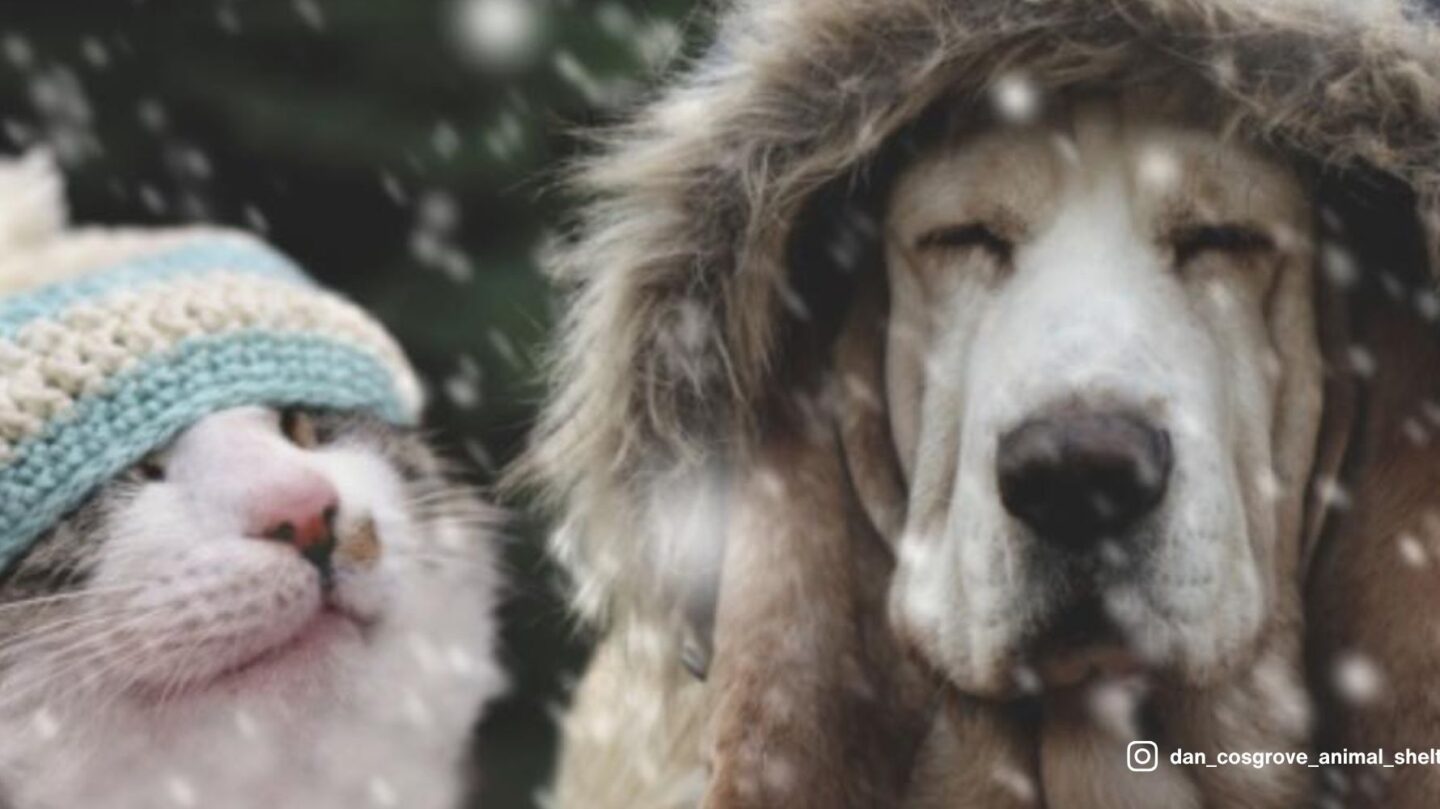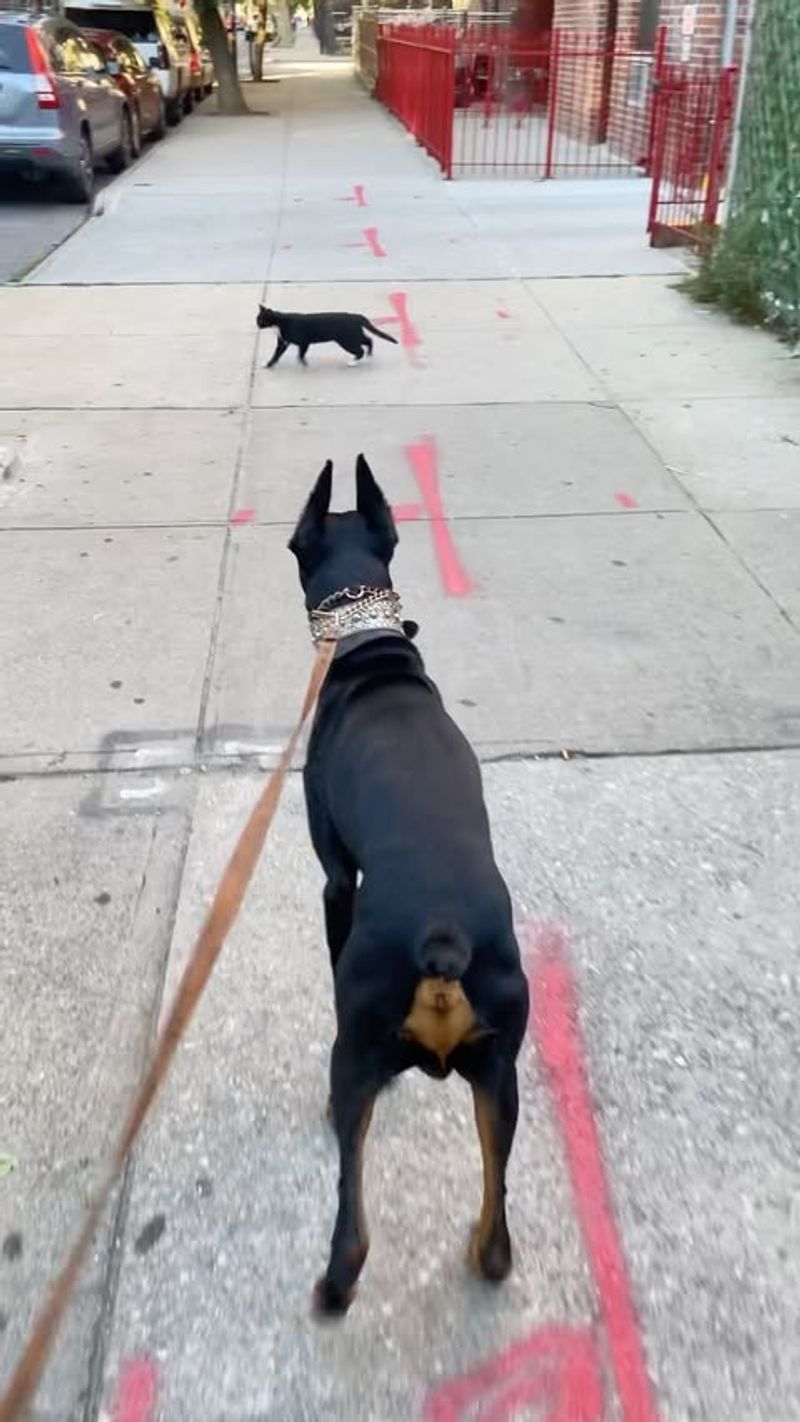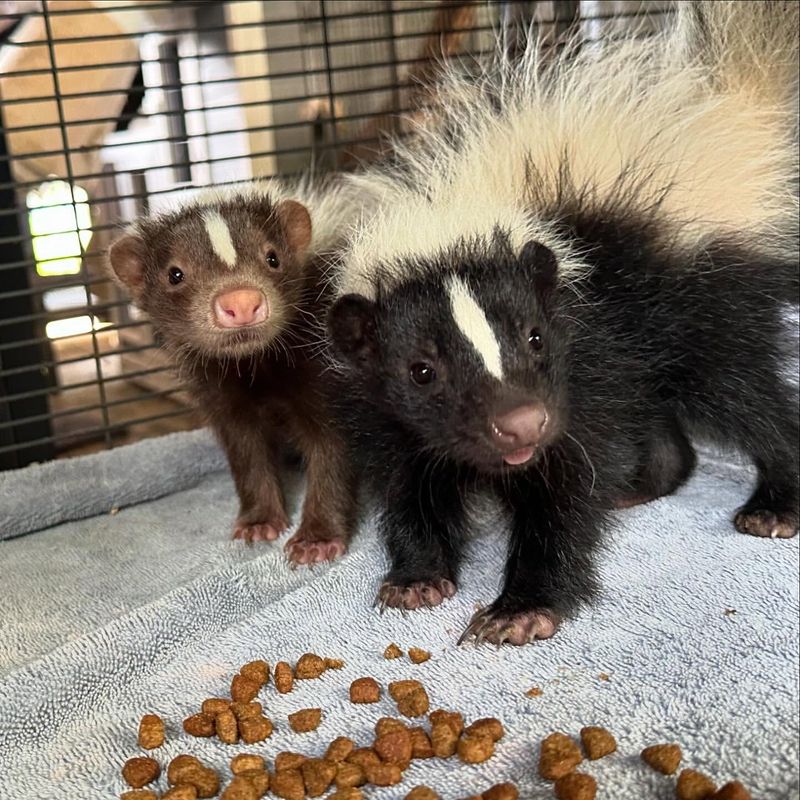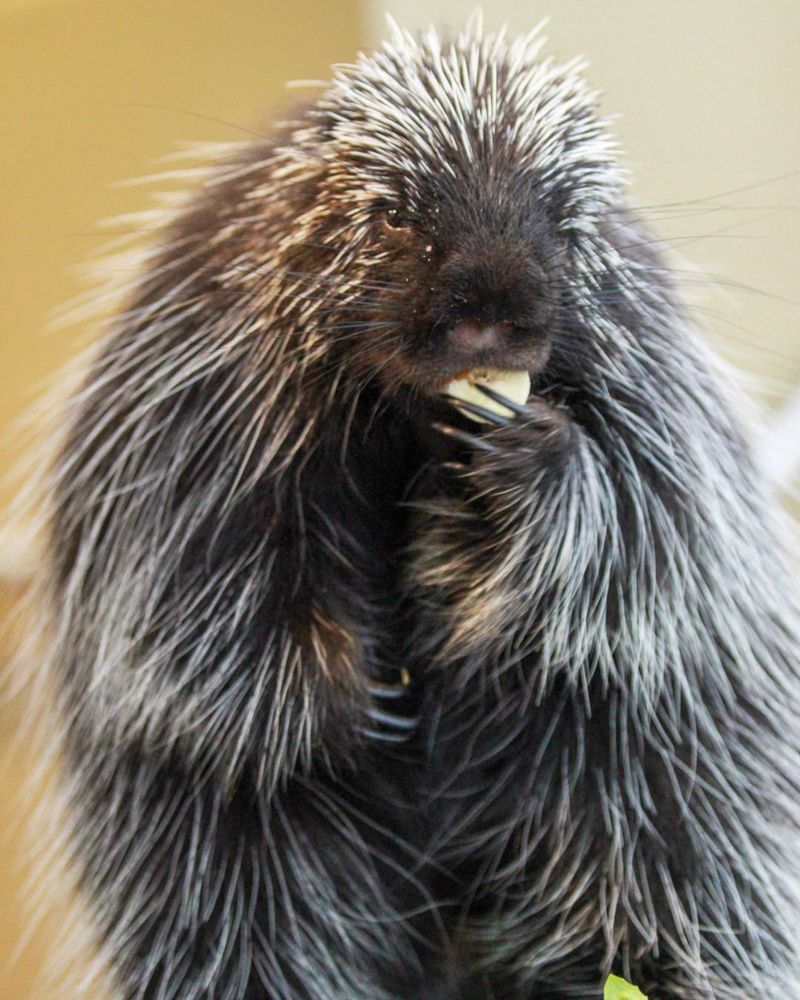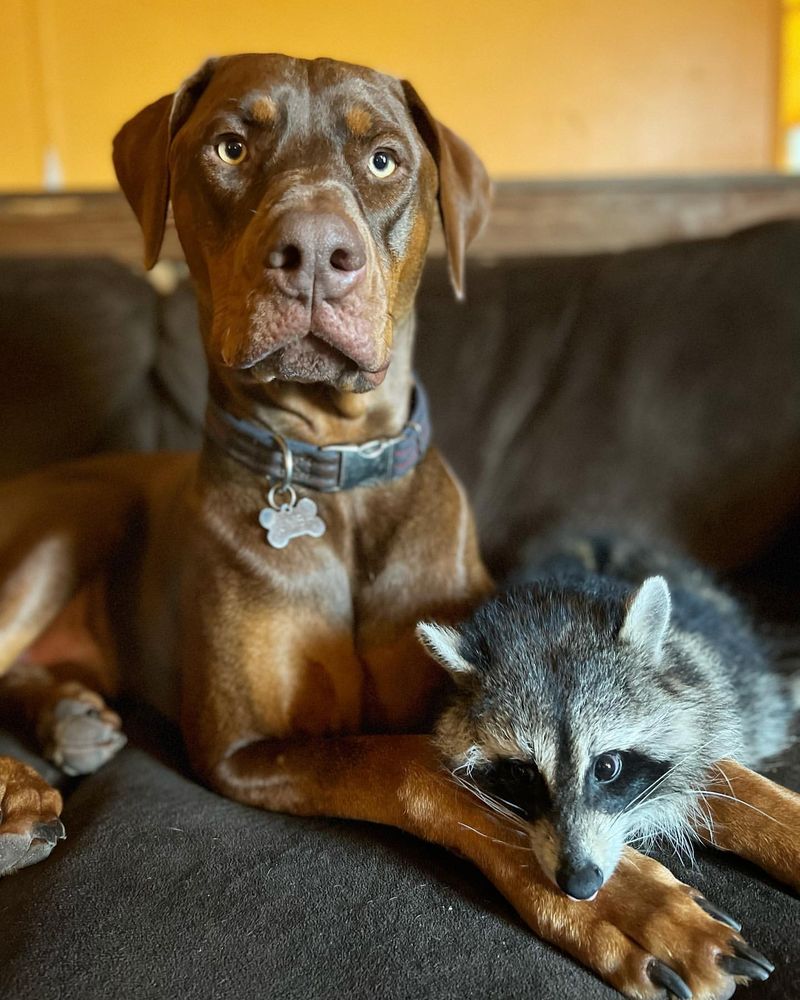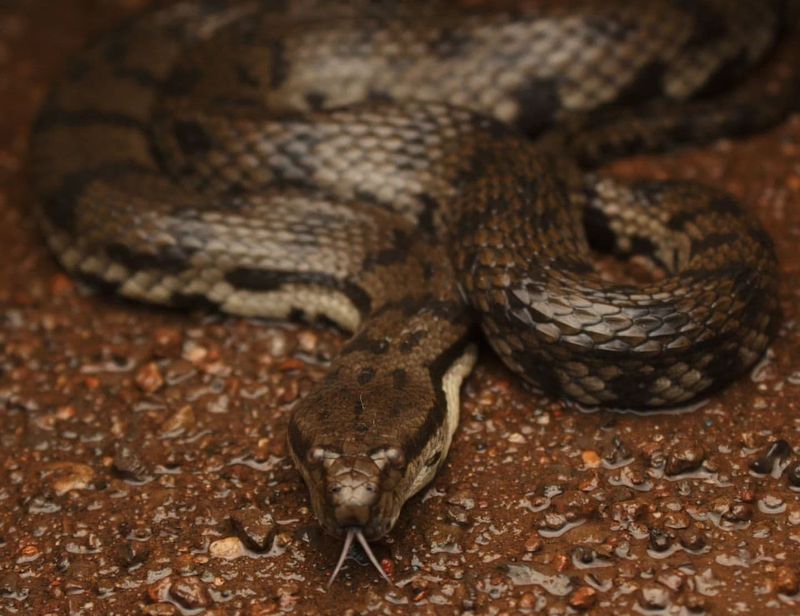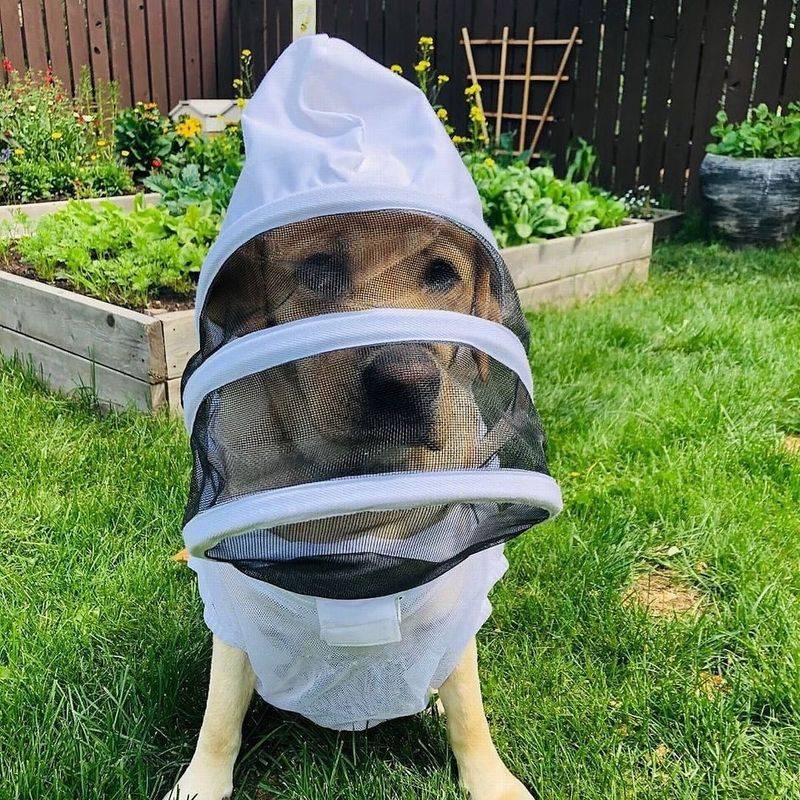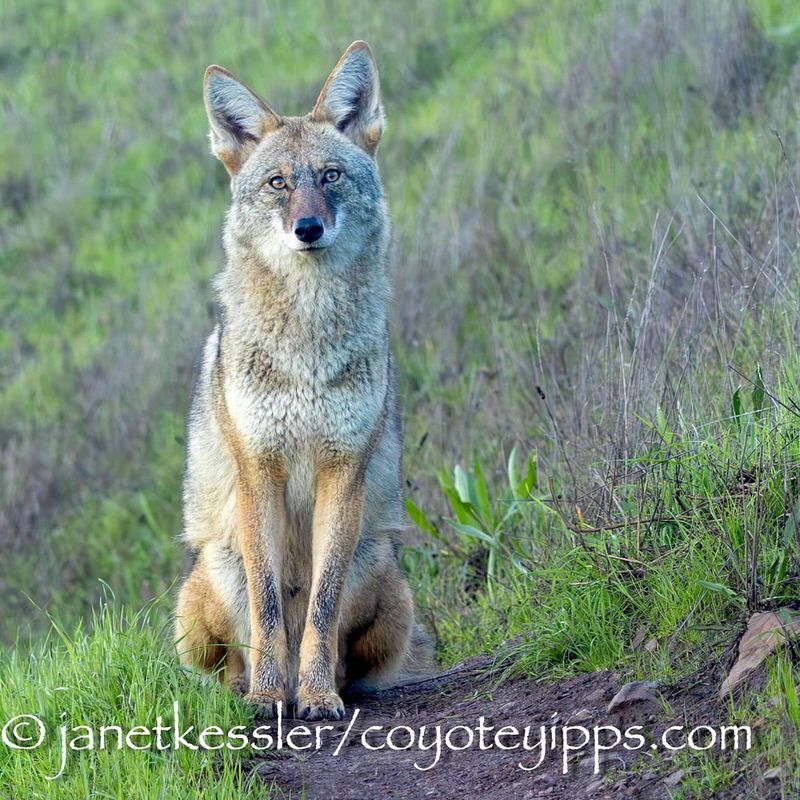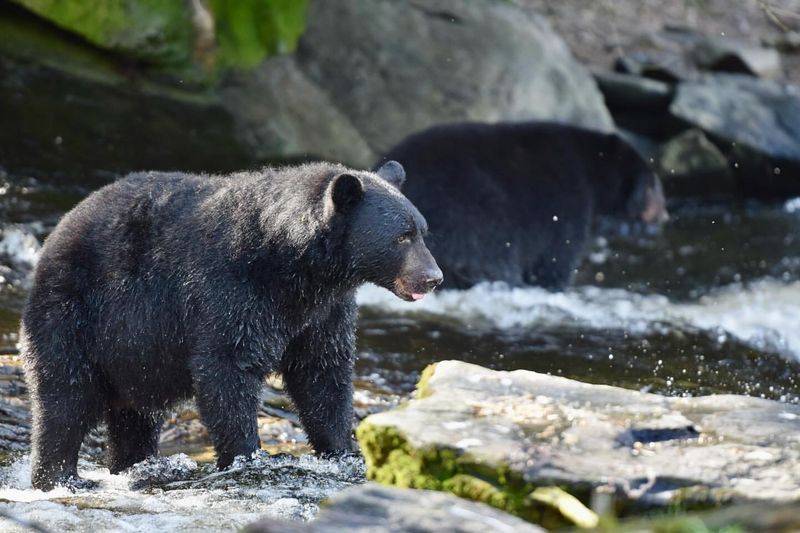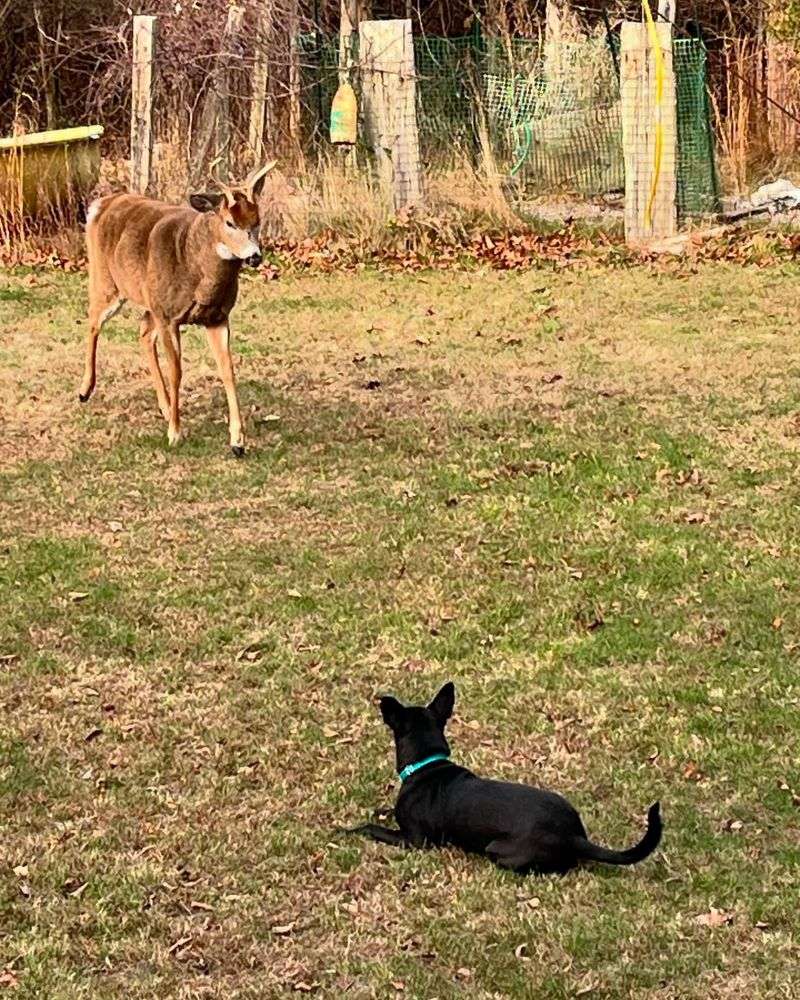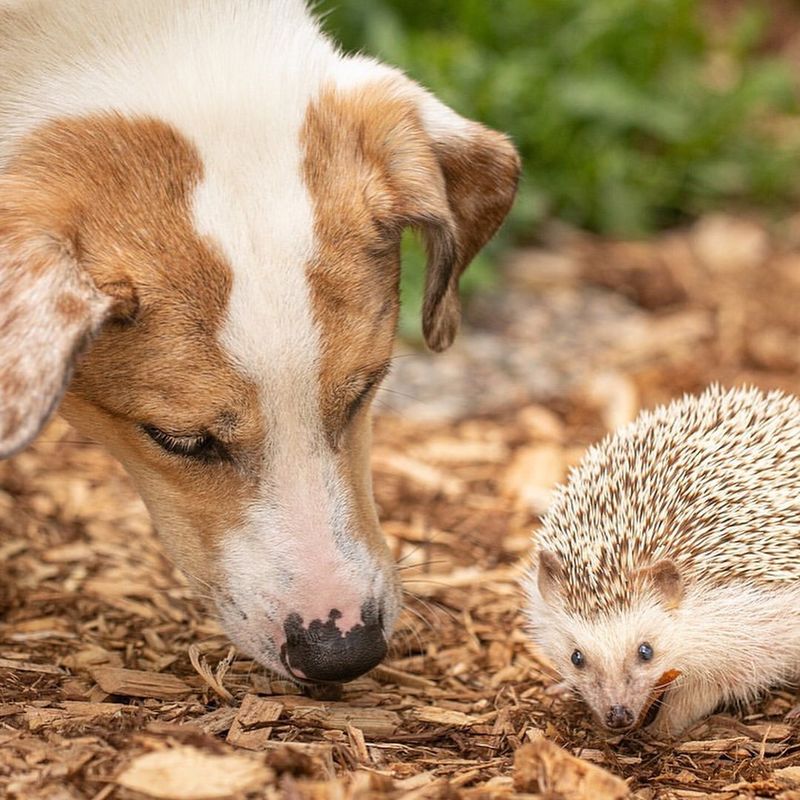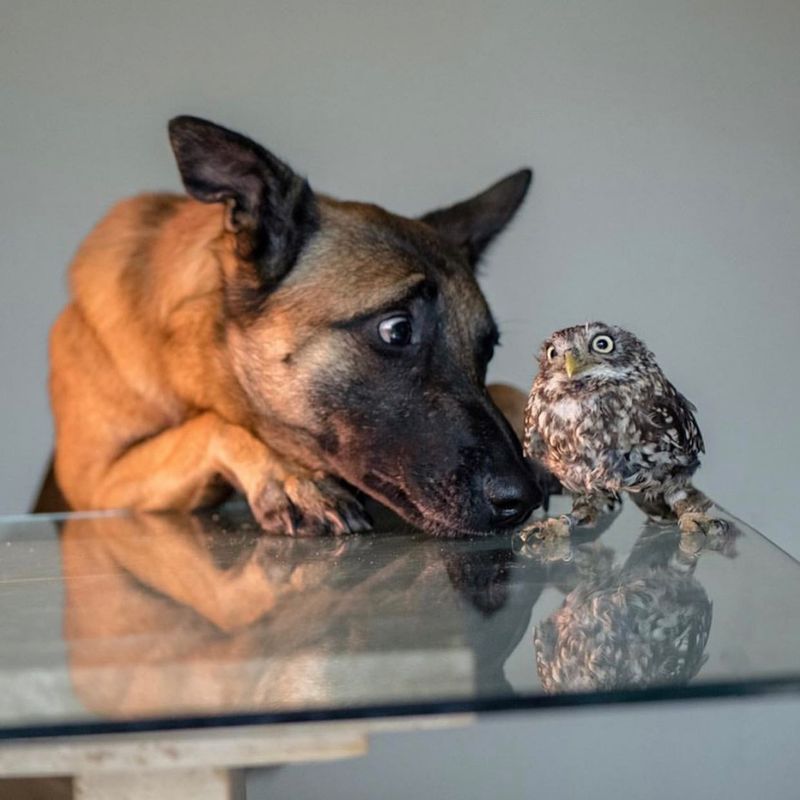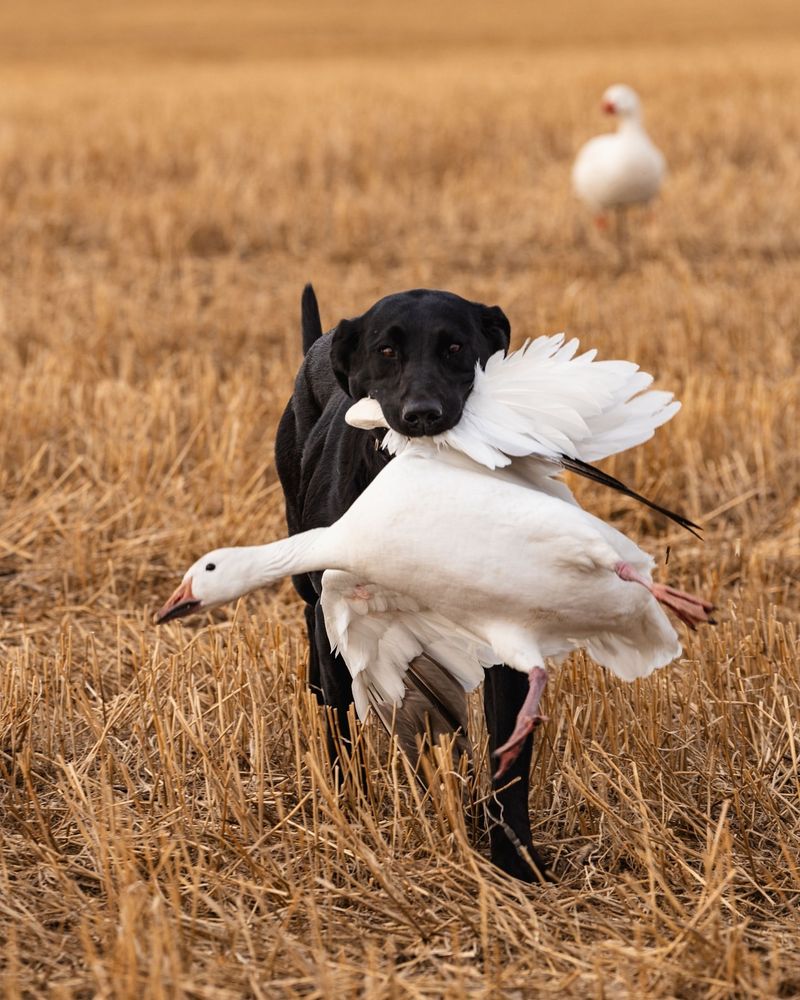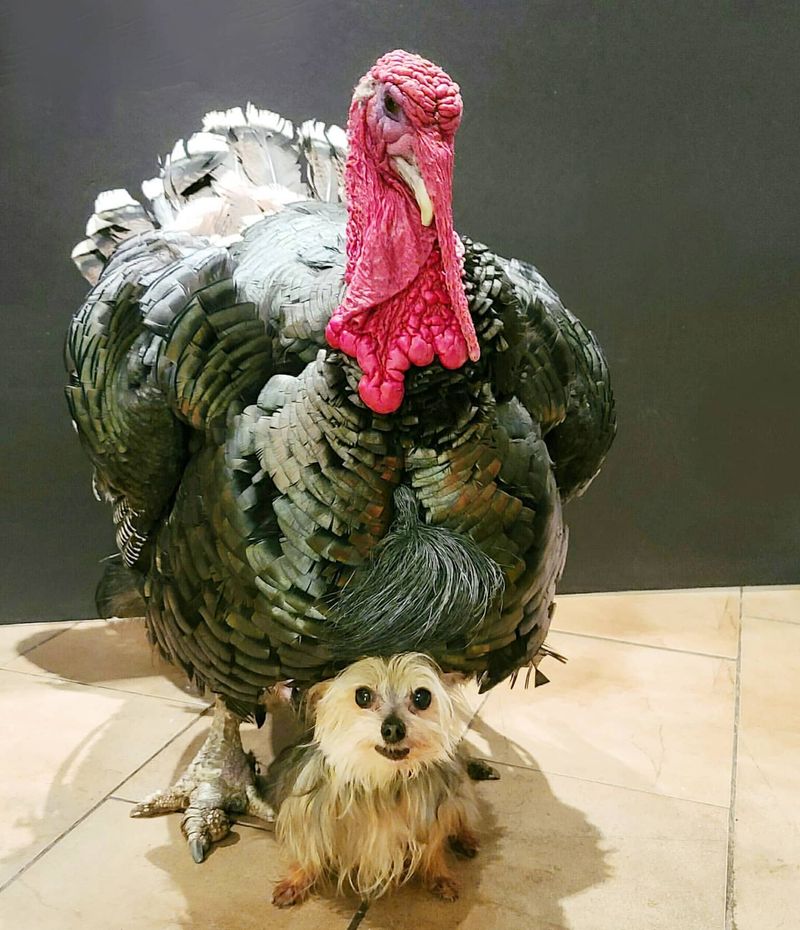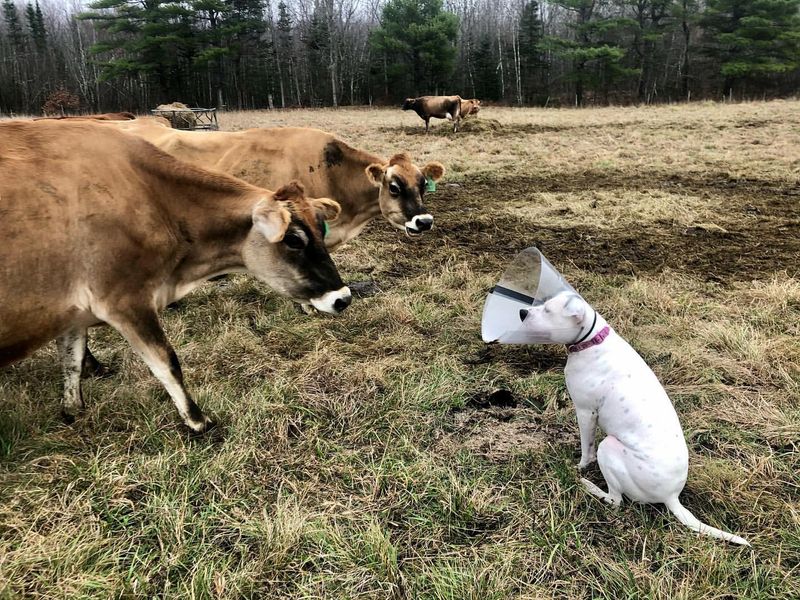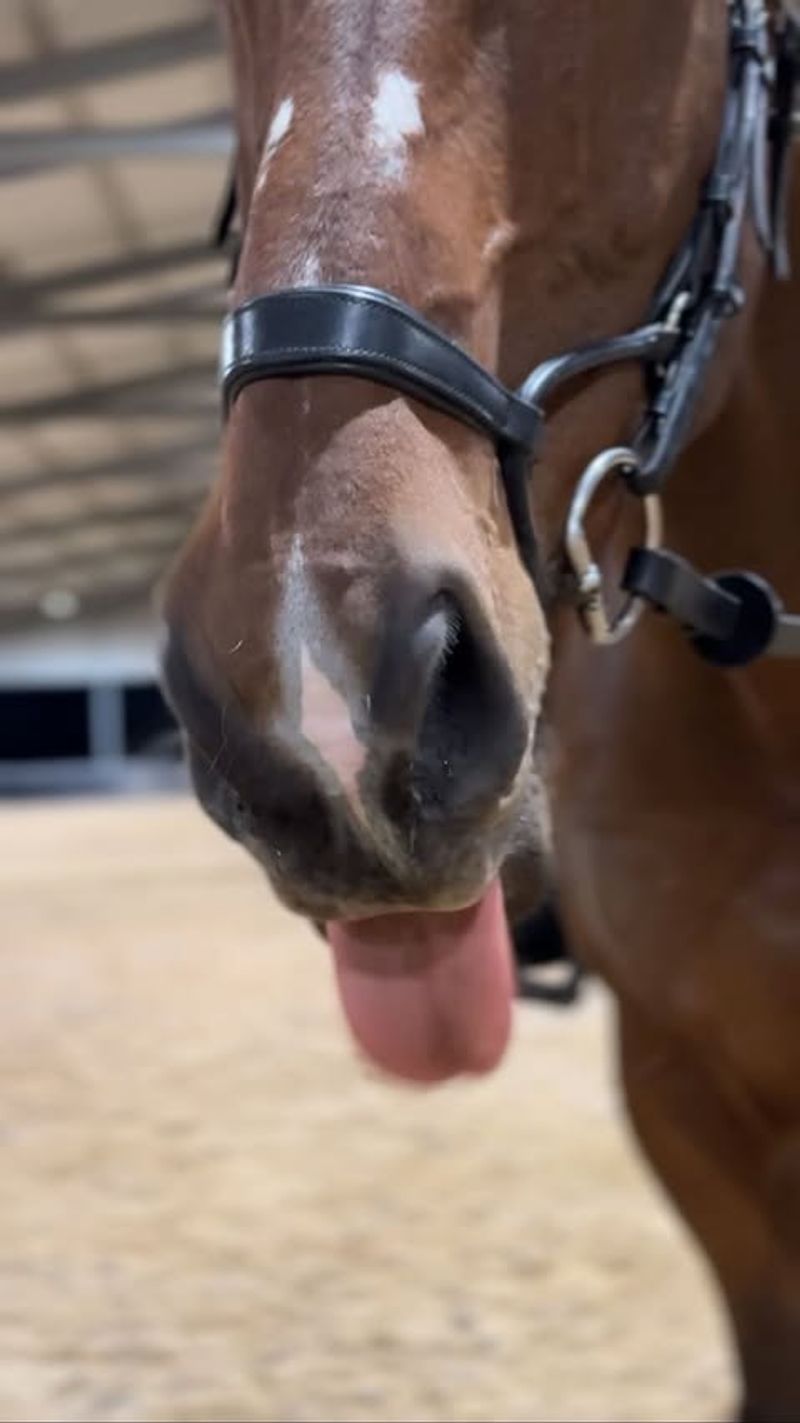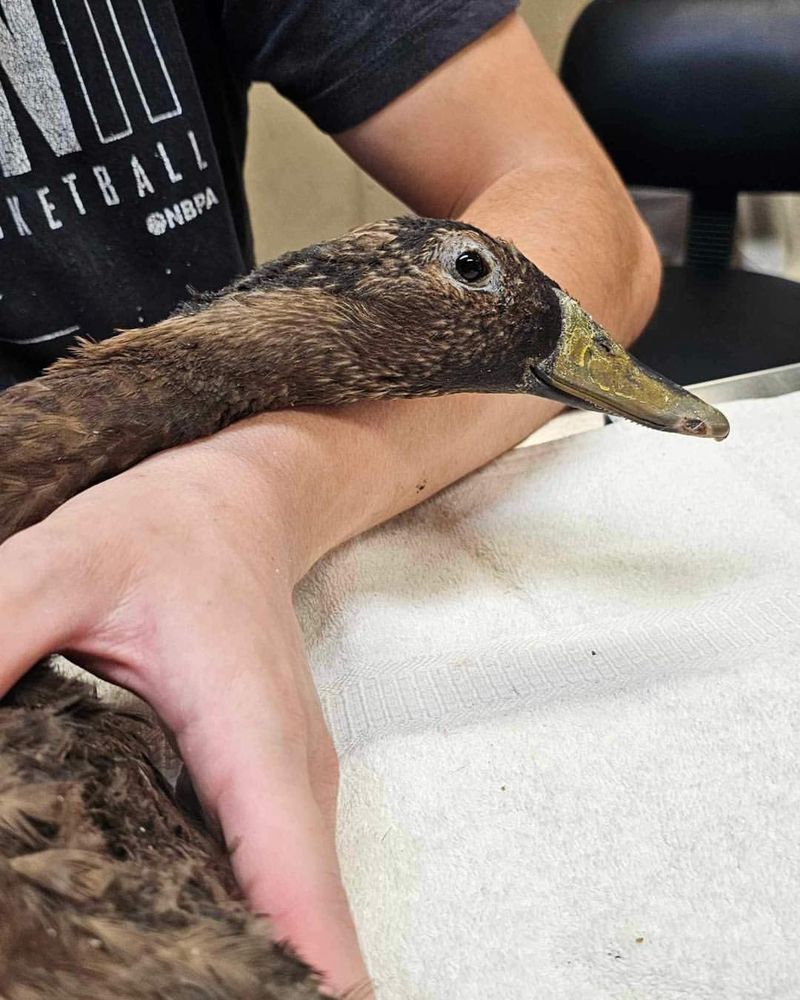Dogs, often dubbed man’s best friend, can have some peculiar aversions. While they may love chasing a frisbee or cuddling up with their human companions, there are certain creatures that they just can’t seem to get along with. Whether it’s a historical rivalry or simply instinctual, these 21 animals have a knack for getting under a dog’s skin.
Cats
Cats and dogs are famously known to have an ongoing feud. While some dogs do manage to live harmoniously with cats, many find them puzzling and unpredictable. Dogs are often intrigued by a cat’s sudden movements and curious antics, but this curiosity can quickly turn into frustration. Cats, being independent, typically don’t appreciate a dog’s uninvited enthusiasm. This can lead to hissing and scratching.
If you’re considering introducing a cat to a home with a dog, patience and supervision are key. Creating separate spaces for each pet can also help maintain peace and ensure they feel safe.
Squirrels
Squirrels are the ultimate tease for many dogs. Their quick, darting movements and ability to climb trees leave most dogs feeling both frustrated and fascinated. Dogs, driven by their chasing instincts, are often seen eagerly pursuing squirrels, only to be left barking at the base of a tree.
This dynamic can provide entertainment for both dogs and their owners, but it’s important to keep an eye on your dog’s safety. Ensuring your dog doesn’t escape the yard while chasing a squirrel can prevent accidents or unwanted adventures.
Skunks
The encounter between a dog and a skunk is one that often ends memorably. While dogs are curious by nature, their interest in skunks usually leads to a rather smelly confrontation. Skunks, feeling threatened, release a potent spray that leaves dogs and their owners scrambling for a solution.
If your dog does have a run-in with a skunk, there are remedies available, like hydrogen peroxide and baking soda mixes, to help neutralize the odor. Keeping a watchful eye on your dog during evening walks can prevent this smelly encounter.
Porcupines
Porcupines present a painful lesson for curious dogs. These spiky creatures are not aggressive but will defend themselves if a dog gets too close. Dogs often end up with quills embedded in their snouts, leading to an unpleasant experience.
It’s crucial for dog owners to recognize areas where porcupines might reside and keep their pets on a leash. Immediate veterinary care is advised if a dog gets quilled, as improper removal can lead to infections or further complications.
Raccoons
Raccoons are nocturnal creatures known for their dexterous paws and masked faces. While dogs might find them intriguing, these animals can be quite defensive when cornered. Dogs sniffing around trash cans or backyard areas can inadvertently provoke a raccoon.
It’s best to secure trash cans and avoid letting dogs roam unsupervised at night. Educating oneself about raccoon behaviors and potential dangers can help prevent unpleasant confrontations and ensure the safety of your pet.
Snakes
Snakes can be a mysterious and dangerous encounter for dogs. While some snakes are harmless, others are venomous and pose a significant threat. Dogs, driven by curiosity, may approach a snake, leading to potentially dangerous bites.
Being aware of the types of snakes in your area and teaching your dog to avoid them is crucial. If a snake bite does occur, seek immediate veterinary care. Familiarizing your dog with commands that prevent them from approaching unknown creatures can be life-saving.
Bees
Bees, with their buzzing sounds and erratic flight patterns, can pique a dog’s curiosity. However, a playful snap or swat at a bee can lead to painful stings. Dogs, especially those with allergies, can have adverse reactions to bee stings, leading to swelling or more severe symptoms.
It’s wise to monitor your dog’s interactions with bees and avoid flower-rich areas during peak activity times. If a sting occurs, keeping an antihistamine handy and consulting with a veterinarian can provide relief and prevent complications.
Mice
Mice are small, elusive, and often a source of intrigue for dogs. While dogs are natural hunters, their attempts to catch a mouse are rarely successful and can be frustrating. Mice can also carry diseases, making their presence in a home undesirable.
Using pet-friendly pest control solutions can help manage mouse populations without endangering your dog. Teaching your dog not to obsess over these tiny creatures can also prevent stress and potential property damage.
Coyotes
Coyotes, although similar to dogs in appearance, are wild animals that pose a risk to domestic pets. Dogs may feel threatened by their presence, especially if they venture into suburban areas. Coyotes are opportunistic and will defend their territory aggressively.
Keeping dogs on a leash during walks and ensuring they are supervised in fenced yards can reduce the risk of encounters. Educating oneself about local wildlife and coyote behavior can help in safeguarding your pet.
Bears
Bears are formidable creatures that dogs instinctively know to be wary of. A dog’s natural curiosity might drive it to bark or approach a bear from afar, but bears can be unpredictable and dangerous if provoked.
In bear-prone areas, keeping dogs on leashes and making noise during hikes can reduce surprise encounters. Understanding bear behavior and respecting their space is vital for the safety of both humans and pets. Providing dogs with bear bells can alert bears to your presence, minimizing the risk of a close encounter.
Deer
Deer may seem gentle, but to a dog, they represent an enticing chase. Dogs are often mesmerized by a deer’s swift movements and may feel compelled to give chase, leading to potential dangers. Deer can also be protective of their young, posing a risk to an approaching dog.
It’s crucial to train dogs to resist the urge to chase and to be mindful of local wildlife regulations. Leashing dogs while hiking in deer-populated areas can prevent accidents and ensure a peaceful coexistence.
Hedgehogs
Hedgehogs might look cute and harmless, but their spiky exterior can be a painful surprise for an inquisitive dog. Dogs often try to play with or sniff hedgehogs, only to be met with a prickly response. This can be a discouraging encounter for dogs.
Introducing dogs to hedgehogs slowly and under supervision can prevent injuries. Educating children and other family members about hedgehog safety is also beneficial. Keeping a respectful distance ensures harmony between these two very different creatures.
Foxes
Foxes are clever and quick, often intriguing dogs with their elusive nature. Dogs might be fascinated by the scent and presence of a fox, but foxes can be wary and cautious around canines. While not typically dangerous, foxes can carry diseases that are harmful to dogs.
Ensuring your dog is vaccinated and monitoring their interactions with wildlife can prevent health issues. Educating oneself about foxes and discouraging dogs from pursuing them can foster a safer environment for both species.
Badgers
Badgers are known for their tenacity and can be a challenge for dogs who encounter them. Dogs might be intrigued by a badger’s burrowing habits, but these animals are known to defend themselves fiercely if threatened.
It’s wise to supervise dogs in areas known for badger activity and to keep them on a leash to avoid confrontations. Understanding badger behavior and respecting their space can prevent injuries and maintain peace between dogs and these wildlife inhabitants.
Owls
Owls, with their silent flight and piercing gaze, can captivate a dog’s attention. While these nocturnal birds are generally not a threat to dogs, a curious dog might find itself on the receiving end of an owl’s defensive behaviors. Owls are protective of their nests and may swoop down if they feel threatened.
Educating oneself about owl habitats and keeping dogs leashed during evening walks can prevent unwanted interactions. Observing owls from a distance ensures safety for both the dog and these fascinating birds of prey.
Geese
Geese are known for their loud honks and territorial nature, making them a surprising adversary for dogs. Dogs might be curious about these feathered creatures, but geese can become aggressive when they feel their space is being invaded.
Supervision is key when dogs are near geese, especially in parks or ponds. Teaching dogs to maintain a respectful distance can prevent confrontations and ensure a peaceful coexistence. Geese can be surprisingly bold, so being mindful of their behaviors can guide interactions safely.
Turkeys
Turkeys, though often associated with Thanksgiving, can be formidable when provoked. Dogs might find a turkey’s size and display intriguing, but turkeys can charge if they feel threatened. This can lead to a comical yet potentially dangerous situation for unsuspecting dogs.
Familiarizing dogs with turkeys and teaching them to maintain a respectful distance can prevent these birds from becoming aggressive. Supervised interactions and leashing can ensure safety and allow for a harmonious relationship in areas where turkeys are common.
Cows
Cows may seem gentle, but their size can be intimidating to dogs. Dogs might bark or circle around cows, attempting to herd them, but this can lead to dangerous situations. Cows, especially those with calves, can become protective and defensive.
It’s important to keep dogs on a leash when around cattle and to train them to remain calm in their presence. Understanding cattle behavior and respecting their space ensures safety for both dogs and livestock, preventing accidental injuries.
Horses
Horses are magnificent animals, but their size can be daunting to a dog. Dogs might be tempted to chase or bark at horses, which can lead to dangerous interactions. Horses, if startled, can kick or bolt, posing a risk to dogs.
Proper training and supervision are essential when introducing dogs to horses. Keeping dogs on a leash and teaching them to remain calm can prevent accidents. Educating oneself about equine behavior can foster positive interactions and enhance safety for both animals.
Ducks
Ducks, with their quacking and waddling, often attract a dog’s attention. Dogs might be tempted to chase ducks, leading to a splashy pursuit. However, this can stress the ducks and create chaos in a peaceful pond setting.
Ensuring dogs are leashed near waterfowl and teaching them to observe without chasing can maintain tranquility. Respecting the ducks’ space and habitats is vital for their well-being. Encouraging responsible pet behavior around wildlife enriches the outdoor experience for everyone.
Peacocks
Peacocks are captivating with their extravagant plumage, but their loud calls and assertive behavior can confuse or intimidate dogs. Dogs might be curious about a peacock’s display, but these birds can be surprisingly bold.
It’s important to teach dogs to respect peacocks and to maintain distance. Supervised interactions and leashing can prevent unnecessary stress for both the dog and the peacock. Understanding peacock behaviors helps in fostering a peaceful coexistence in environments where both animals are present.
